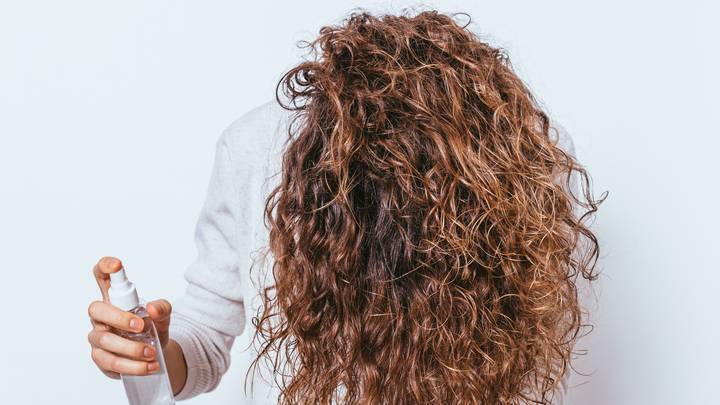Hair porosity is a crucial concept in understanding how well your hair absorbs and retains moisture and nutrients. The porosity of hair is influenced by the structure of the hair cuticle, which is the outermost layer of the hair strand. The cuticle consists of overlapping scale-like cells that can open and close, affecting the hair's ability to interact with external substances.
There are three main levels of hair porosity: low, normal, and high. Each level is determined by the condition of the cuticle and how open or compact its structure is.
1. Low Porosity Hair:
- Cuticle Structure: The cuticle is tightly packed and lays flat, making it difficult for moisture and products to penetrate.
- Characteristics: Low porosity hair often repels water, takes longer to wet, and can feel resistant to styling products.
- Absorption: Because the cuticle is mostly closed, it's challenging for moisture and nutrients to enter the hair shaft.
- Care: Low porosity hair benefits from lightweight, water-based products that can penetrate the cuticle. Heat can be used to temporarily lift the cuticle and allow better absorption.
2. Normal Porosity Hair:
- Cuticle Structure: The cuticle has a balanced structure, with overlapping cells that are neither too tightly compacted nor too open.
- Characteristics: Normal porosity hair usually retains moisture well and is versatile when it comes to styling.
- Absorption: This type of hair allows moisture to penetrate and be retained without excessive difficulty.
- Care: A balanced hair care routine with regular moisturizing and occasional deep conditioning is generally sufficient for maintaining normal porosity hair.
3. High Porosity Hair:
- Cuticle Structure: The cuticle has gaps and raised scales, leaving the hair shaft more exposed.
- Characteristics: High porosity hair tends to absorb moisture quickly but loses it just as fast. It can feel dry and be prone to frizz.
- Absorption: The gaps in the cuticle allow for easy penetration of moisture and products, but the hair struggles to retain them.
- Care: High porosity hair benefits from richer, thicker products that can help seal and fill in the gaps in the cuticle. Protein treatments can also be beneficial to strengthen the hair structure.
The science behind hair porosity is closely tied to the structure of keratin, the protein that makes up the hair shaft. The arrangement of amino acids in keratin gives rise to the structure of the cuticle. Chemical treatments, heat styling, and environmental factors like sun exposure and humidity can all impact the cuticle's condition over time, potentially altering your hair's porosity.
Understanding your hair's porosity level can help you choose the right products and treatments that cater to its specific needs. Experimenting with different products and observing how your hair responds can guide you in creating a hair care routine that optimally nourishes and moisturizes your hair.





